When you’re dealing with property maintenance, understanding the difference between structural and non-structural repairs can save you time and money. If you’re a homeowner or manage a commercial property on Long Island, you’ve likely faced questions about roof repairs. Is fixing a roof considered a structural repair? This distinction matters because it can affect everything from budgeting to compliance with local building codes.
A roof isn’t just a cover over your head; it’s a crucial part of your property’s structure. It protects against the elements and contributes to the overall integrity of the building. When a roof needs repairs, it’s essential to determine whether these repairs impact the structure itself. This understanding helps in making informed decisions about the necessary work and potential costs involved.
Exploring whether roof repairs are structural can clarify your responsibilities and help you plan effectively. Let’s dive into what makes a roof repair structural and why it matters for your property.
Understanding Roof Repairs
Roof repairs on Long Island involve both structural and non-structural work. Describing these types of repairs helps clarify what property owners might face.
Types of Roof Repairs
- Structural Repairs: Include tasks affecting stability, like fixing supports or framework. These repairs change the strength and safety of your building.
- Non-Structural Repairs: Involve changes to external parts, such as shingles or gutters. These tasks solve issues like leaks or surface wear.
- Leaks: Result from damaged shingles or flashing. Water entry can lead to further structural issues if not fixed.
- Damage: Includes dents or cracks from weather or falling debris. Regular inspections help spot these issues early.
- Wear and Tear: Occurs over time, affecting shingles or other roof components. Regular maintenance can extend roof life.
Understanding these repair types and problems aids in effective property management. Consider potential impacts and necessary actions for your roof’s wellbeing.
The Nature of Structural Repairs
In Long Island, knowing when a repair is structural helps you manage your property efficiently. Roofs often fall into the structural category, requiring specific attention.
Definition of Structural Repairs
Structural repairs impact the building’s core integrity. These involve elements such as walls, roofs, foundations, and beams. When something affects the building’s strength or stability, it’s labeled structural. Recognizing these repairs ensures safety and functionality.
Categories of Structural Repairs
Structural repairs divide into several categories, each addressing different issues:
- Foundations: Fixing cracks and shifting that affect stability.
- Roof Supports: Reinforcing or replacing trusses when they’re weak or damaged.
- Load-Bearing Walls: Repairing cracks or damage that compromise structural integrity.
- Beams and Columns: Replacing or reinforcing to handle weight distribution.
Identifying these categories aids in maintaining your property’s value and ensuring compliance with local codes.
Is a Roof a Structural Repair?
Understanding if roof repairs are structural is essential for property management in Long Island. Roofs include both structural and non-structural components, affecting safety and stability.
Roofing Components as Structural Elements
Roofs play a key role in a building’s structure. Components like trusses, rafters, and beams are part of the structural system. They’re designed to support weight and withstand external forces. When these elements need repair, it impacts the structure’s integrity.
Trusses form the framework and distribute weight across the roof. Rafters provide support and connect the roof to the building’s walls. Beams serve as primary support, bearing loads from the roof and transferring forces to columns or walls. Repairs to these components require attention, as they ensure the building’s stability.
Situations Where Roof Repairs Are Structural
Certain situations classify roof repairs as structural. Repairing damage to trusses, beams, or rafters involves fixing the structure itself. Issues like sagging roofs often result from failing structural elements. This may be due to weathering, poor construction, or material decay. Resolving these problems can prevent potential safety hazards.
Also, structural repairs may be necessary when modifying roof shape or adding weight. This includes installing solar panels or HVAC units. Such changes demand reinforcement to maintain structural integrity. Understanding when roof repairs fall under structural can guide decisions on necessary work, cost implications, and compliance with building standards.
Legal and Insurance Implications
Understanding the legal and insurance implications of roof repairs helps you manage your property more effectively. These aspects affect how you deal with property improvements.
Building Codes and Standards
Complying with building codes and standards ensures that roof repairs meet Long Island requirements. Local building departments set specific codes for structural repairs. These codes define standards for materials, methods, and safety. Ignoring them might lead to penalties or legal issues. Always check if permits are needed for larger roof projects.
Insurance Coverage Considerations
Insurance coverage for roof repairs depends on your policy details. Most policies cover damage from events like storms or falling objects. If repairs are structural, insurers might have stricter criteria. Review your policy to understand what’s covered and notify your provider promptly after assessing roof damage. This helps avoid disputes during claims.
Conclusion
Understanding whether a roof repair is structural or non-structural is crucial for effective property management. By recognizing the difference, you can make informed decisions about budgeting, compliance, and necessary work. Regular inspections and maintenance are key to prolonging your roof’s lifespan and ensuring the safety and integrity of your building. Always consider the legal and insurance implications when dealing with roof repairs to avoid potential issues. By staying informed and proactive, you can maintain your property’s value and ensure it meets local building standards.

